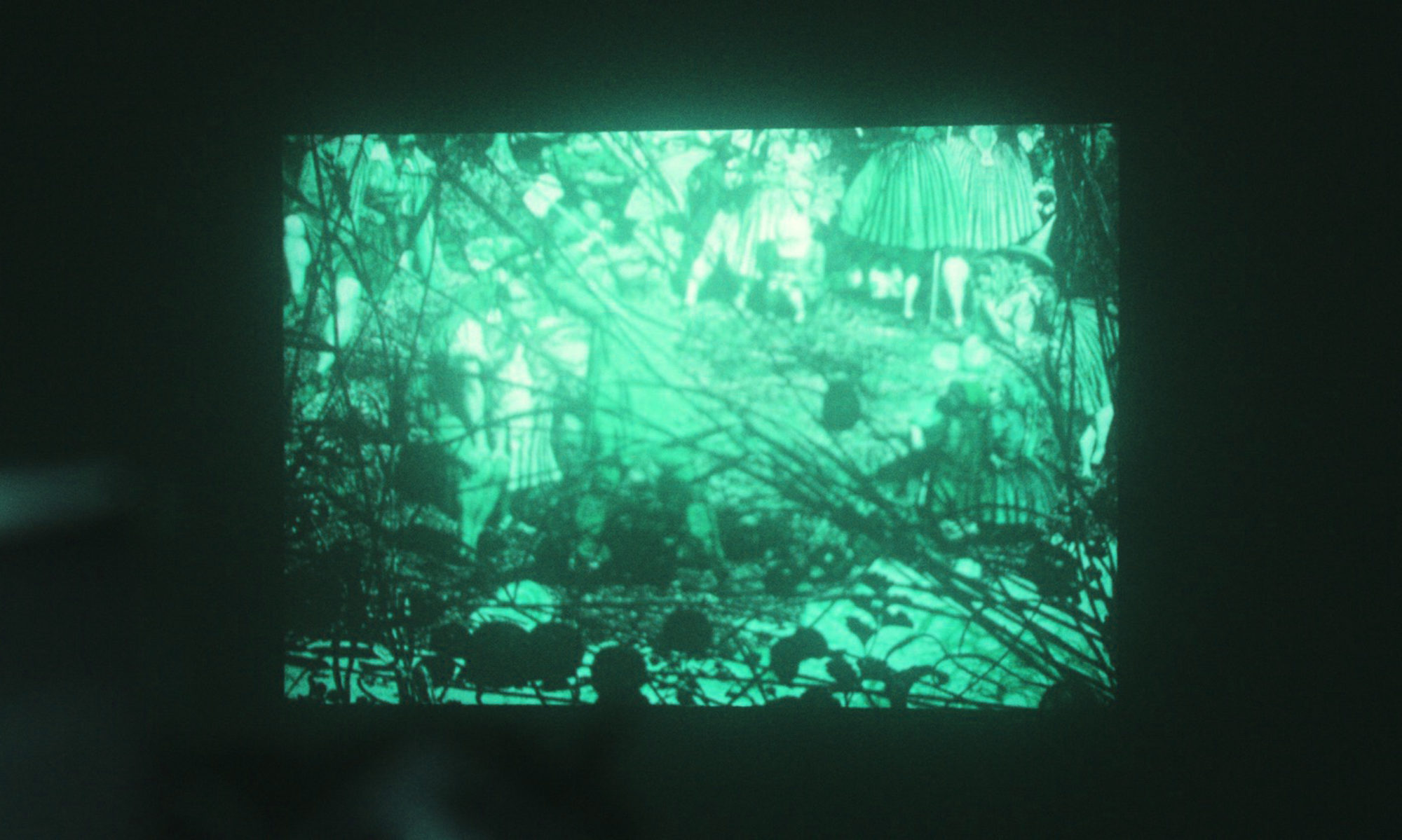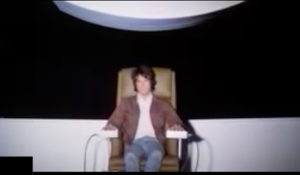So here I am on another Wednesday evening, looking back over the notes I scribbled on the flyleaf of Ali Smith’s How To Be Both. Much of what I’m reading here are catchphrases from our discussion in class earlier today:
“What realism does is ask us to pay attention.”
“Connectedness as forgiveness.”
“The ecstasy of self-reference as a mode of historical consciousness.”
Then there is a little mini-essay by me on the question of whether How To Be Both should in fact be understood as an extended riff on Kierkegaard’s Either/Or, where the dichotomous choice is between the ethical and the aesthetic life, between “willing one thing” and “the flight to the charms of the manifold,” between marriage and children (on the one hand), and art and eros (on the other), between (masculine) law and (feminized) sensuality. Not impossible to read Ali Smith as replying to Kierkegaard’s Either/Or with a Both/And.
And then, below all that, circled, one word:
“Uncovery.”
The loose snatches of thought above are all unattributed, I fear — so I invite any of you who wish to claim them to do so here. Failing that, we will treat them as orphans, up for adoption…
Over the last several weeks I have tended to draft these fast write ups as mnemonic exercises, and have endeavored to create mini narratives of the events (contributions, propositions, exchanges) transpiring across our two hours and fifty minutes together. Today, after a class on the narrative tactics of realism, one is immediately hyperconscious of that resort to récit.
Why wouldn’t I begin with a description of the room? Begin, perhaps, with the way a little bristle at edge the trap door in our seminar table — that small panel that opens onto the electrical outlet — had caught a long human hair, which I noticed when I went to plug in my laptop?
Or begin with what we were wearing, or the sound of the wall clock (which, at one point, during a pensive silence, I heard ticking)?
In fact, I think I’ll experiment here with doing neither a narrative of our seminar discussion (we began by sharing a number of the punctum exercises, we ended up spending a good deal half of the class on Lukács, we touched on Barthes a bit before the break, but only really got to the Jameson and questions of affect when we delved the Ali Smith novel in the last hour of our session), nor with a scene painting of Dickinson 230 as we inhabited it (the blue-green hue of the fluorescent lights, Ismael’s furrowed brow at the far end of the long table), but rather with a gesture perpendicular to the plane of realismus: an “idea.”
It is one of the ideas with which we closed, and it may only merit to be called a ghost or shadow of a proper idea — a shade. What if it is truly and only a Tiresian figure (a both/and figure, a “queer” figure) who can lead us out of the ironic catastrophe of historicism (Hayden White’s master conundrum) and toward some “suprahistorical” mode — not Nietzsche’s version of this, exactly (since that is untenable), but something out that way, in the zones indexed by the Zarathustra-historian. Out there somewhere where, reborn as amphibious hermaphrodites, we can become gloriously unmoored in time, and move within it freely.
I confess that I cannot quite say what I mean by that. But after finishing How To Be Both, I find myself hugely seduced by a vision/fantasy of a kind of labile, polymorphous historicism.
So, in this vein: Why don’t we think more with ghosts? Why the endless “retrospection” of historical “recovery,” and the total absence of a healthy school of historical uncovery whose practitioners haunt their epochs, or endure purgatorial exiles in other times?
I have begun at the end of our class.
Or something like that.
After all, at the end of the class I found myself dreaming of jumping out of time altogether…
*
But, really, that was where we started: with James’ lovely punctum exercise about David Smith and sculpture and time (the jangle of those coins in the pocket like a little alarm-clock; the thermos in the photograph made a genie-lamp that, rubbed, made time run both ways). It was James who most strongly felt that the problems of realism were ultimately problems of time-management in text-form: memory, presence, artifacts, documents all arbitrage the distance between then and now, between me and that. The realism in his punctum exercise was, in a sense, that of momentary disorientation occasioned by the mind’s mobility in time.
Oh, wait, perhaps that strange vision of the time-amphibious-hermaphrodite was really just me invoking the mind all along.
For what is the mind if not a time-amphibious-hermaphrodite?
*
*
(Something to think on there).
DGB

